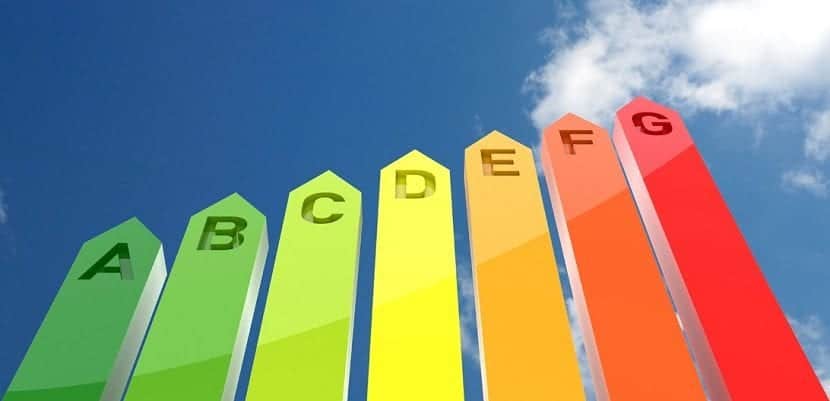
According to the portal inarquia.es, to get the Passivhaus certificate, a building has to limit the demand for cooling or heating to a maximum of 15 kilowatt hours per square meter per year. Primary energy cannot exceed 120 kWh / m² per year and the barrier to the passage of air must be less or equal to 0,6 renewals / hour (the air volume in a passive building must be renewed 60 percent every hour).
In August 2014, Energiehaus Architects becomes the first Spanish company approved to certify buildings according to the Passivhaus standard. This accreditation makes Energiehaus Architects a reference for the certification of low energy consumption buildings
La Passivhaus certification Not only does it anticipate the European building regulations for the next decade, but it also gives in our present a guarantee for those developers who want to obtain buildings with very high thermal, energy and comfort performance. The Passivhaus standard has matured over the last twenty years, becoming an international reference for very low energy buildings (nZEB).
In Spain, there are currently 44 buildings that meet these requirements, with Catalonia in the lead. Where 13 of the 44 are concentrated according to Passivhaus Building Platform. The second place is shared by Madrid and Navarra, both with five. Asturias, Cantabria, the Basque Country, Castilla y León and the Balearic Islands have two in each case, while Galicia, the Valencian Community, Aragón and the Canary Islands add one respectively.
Some examples with Passivhaus certification
Mediterranean House, Catalonia
The structure of this house located in the municipality of Castelldefels is entirely made of wood, and both inside said structure, as in the exterior flexible insulation has been installed also made of wood fibers (rigid panels in the case of the exterior). With South-North orientation, it has large windows to the South and East, with double glazing for solar control that together with the shutters and shutters, protect from the incidence of the sun in summer.
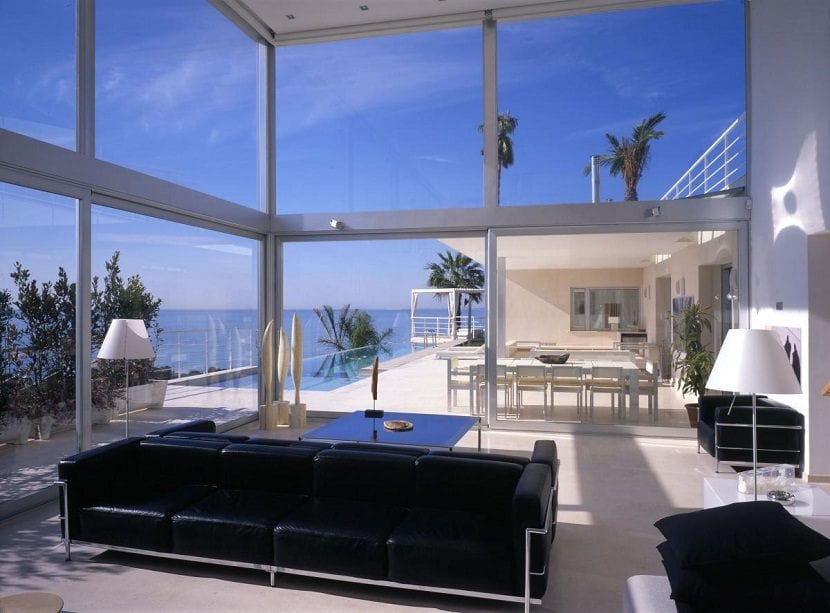
Indoor air quality is guaranteed by a dual-flow mechanical ventilation system with heat recovery, to which a post-treatment battery for the driven air has been added, to heat or cool it and which acts as the main air conditioning of the house.
House Between Encinas, Asturias
This house combines the energy efficiency concepts of a passive house with the use of materials and construction systems with low environmental impact. For its construction the natural radioactivity of the environment was studied, very low when being on limestone terrain, and a geobiological study was carried out in situ to locate the rest areas.
All the materials were chosen with bioconstructive criteria, mostly of organic origin, 100% renewable, such as cross-laminated wood for the structure; cork insulation for facade and roof; cellular glass insulation under slab; polypropylene pipes, wiring and electrical material; a biocompatible electrical installation; lime plasters on the facade. It also prioritizes the use of solar energy and reuse rainwater for toilets, washing machine and irrigation.
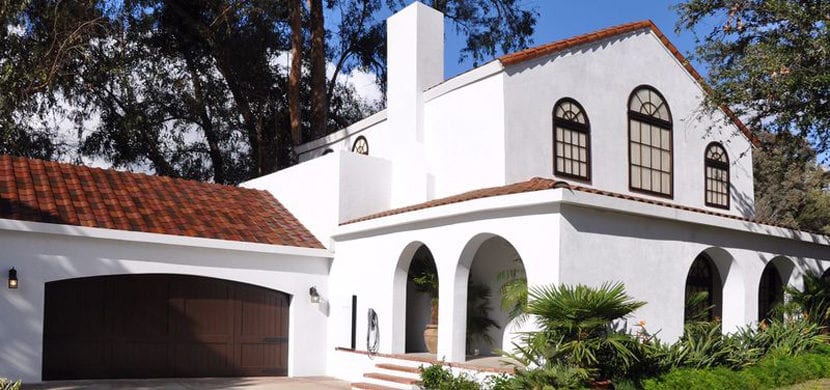
Office building, Valencian Community
It is the first building of offices with Passivhaus certificate in Spain. It has an area of 1.436 m2 spread over three floors. Its bioclimatic design was vital because the orientation to the north and lThe volumetry was imposed by the conditions of the plot and the functional program. This is why he worked, fundamentally, in the optimization of openings, trying to find a balance between the contribution of natural light and the reduction of transmission losses.
Its location, attached to the south façade of the existing industrial warehouse, it prevented night cooling by natural cross ventilation; To reduce this demand, two interior patios were designed, which reinforce the contribution of natural light.
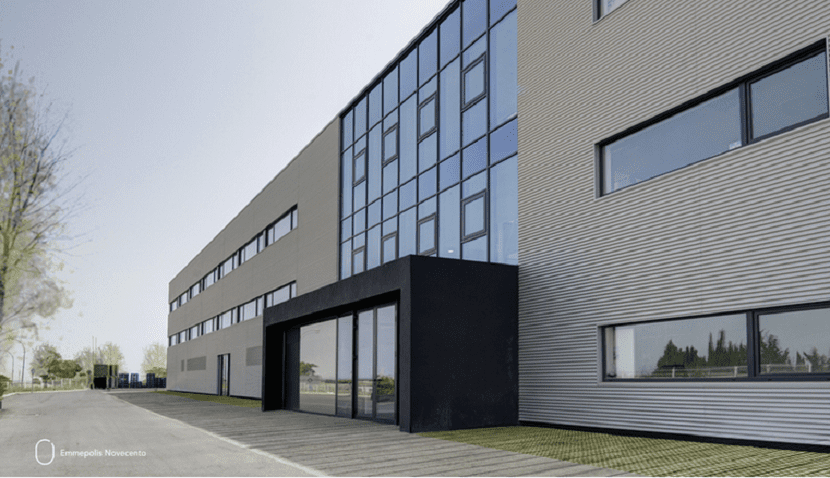
Valdecero Building, Madrid
El Valdecero Building, located in Valdemoro, is the first building with almost zero consumption in Spain. A unique building, a pioneer in terms of energy efficiency, environmental commitment and use of ecological building materials is concerned.
The project has 27 homes, in a building of 8 floors with 20 parking spaces and 2 commercial premises. Homes with 1, 2 and 3 bedrooms as well as 3 penthouses with large terraces on the roof, with a successful distribution and a modern and elegant design proposal.
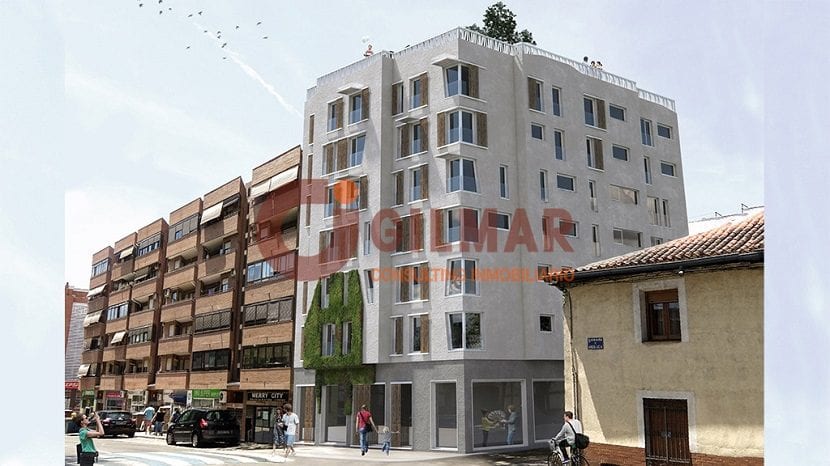
It has a system of exterior thermal insulation (SATE) and a green envelope that improves air quality and building insulation in addition to reducing Co2 emissions. It also has active systems that use solar protection elements for efficient control of sunlight. It is produced photovoltaic energy and air conditioning it is solved through aerothermal and underfloor heating.
Rainwater is also reused for roofing and irrigation. Indoor air is constantly renewed and the outside is filtered. The materials used in its construction they are more natural and without chemicals